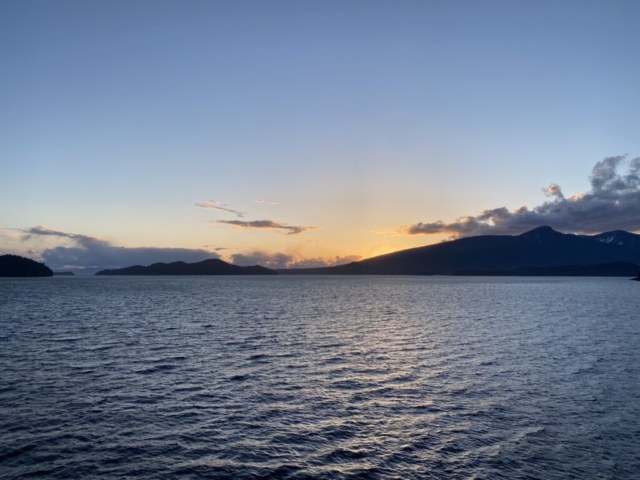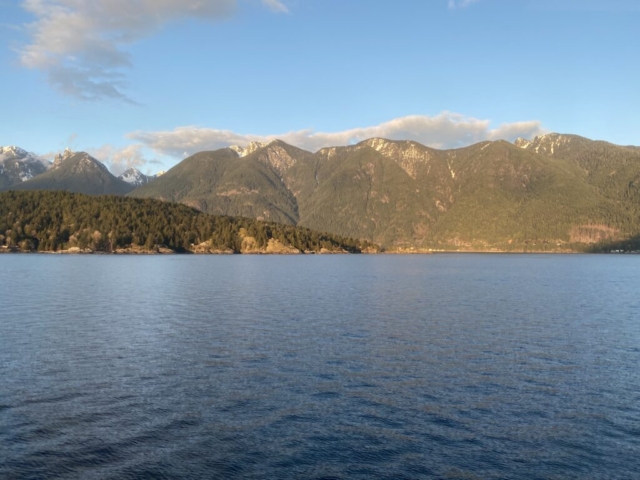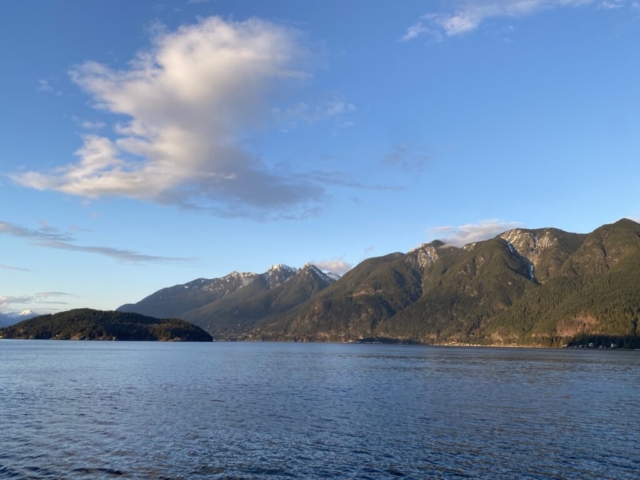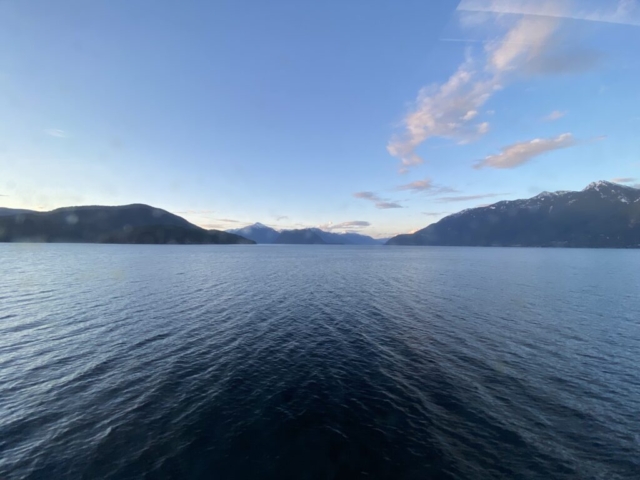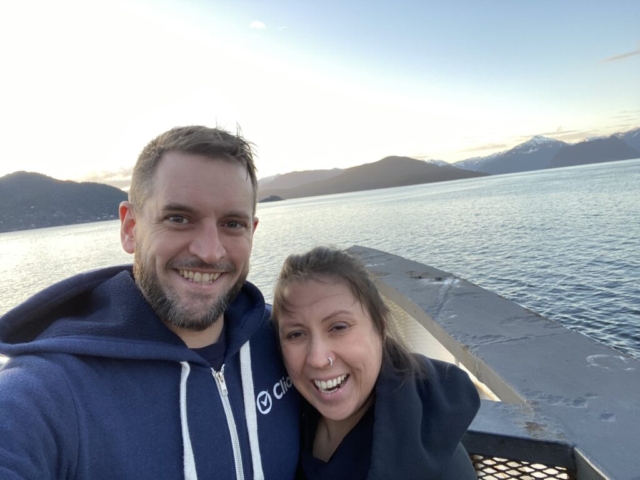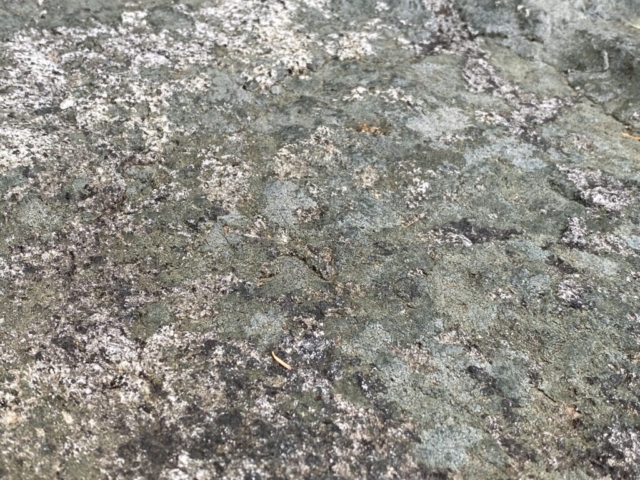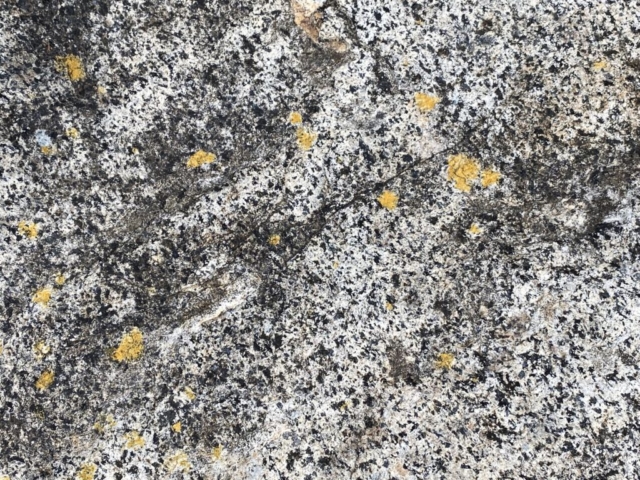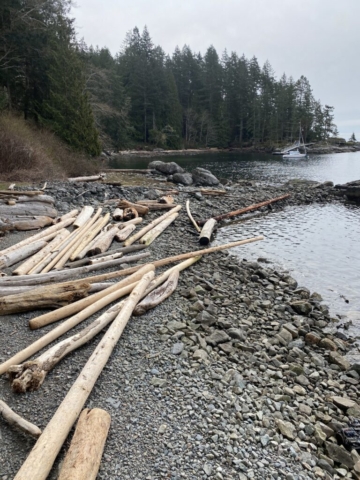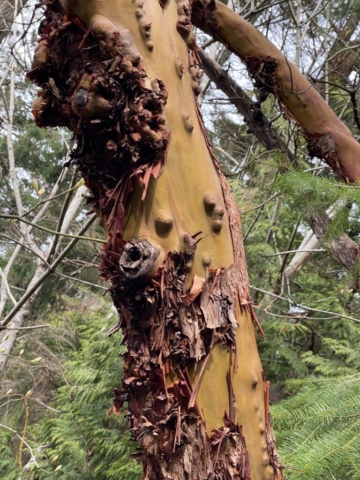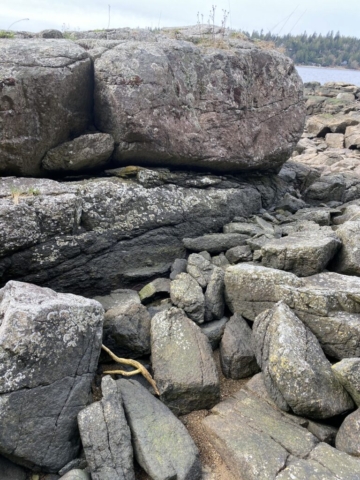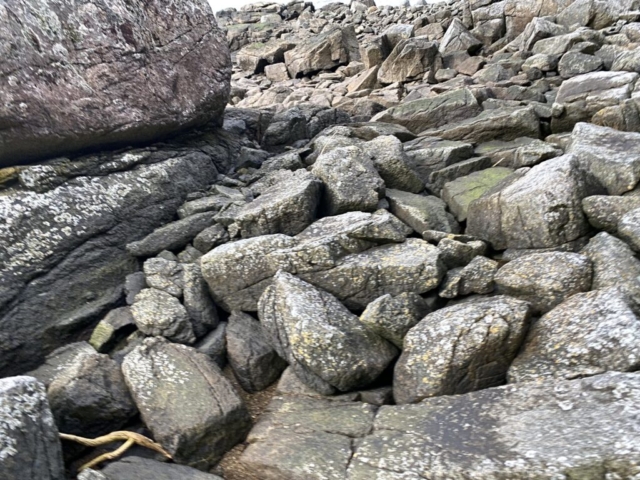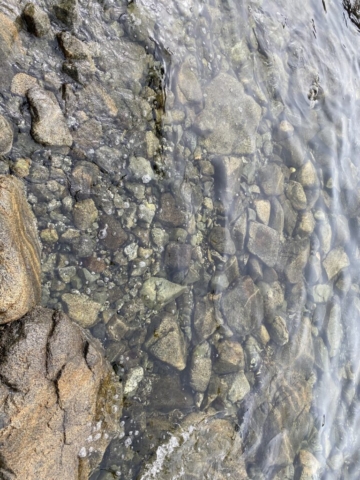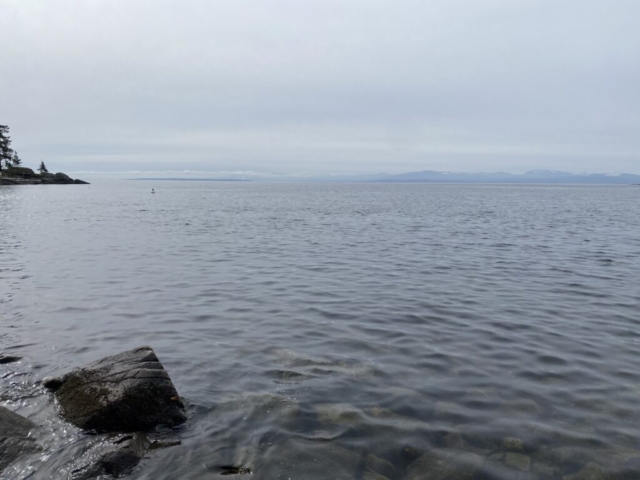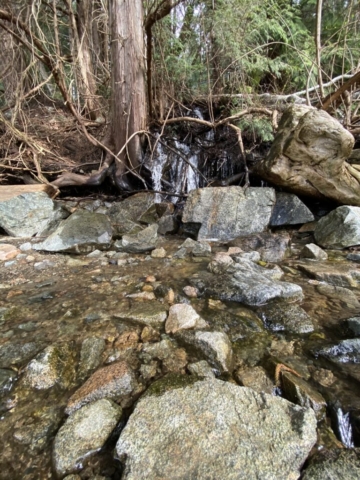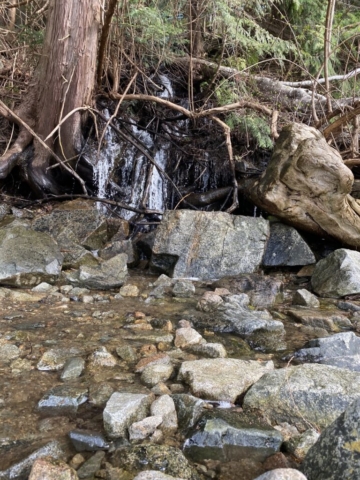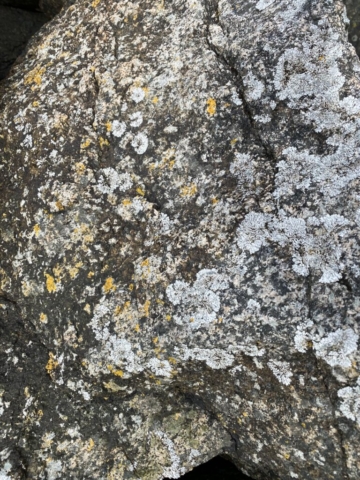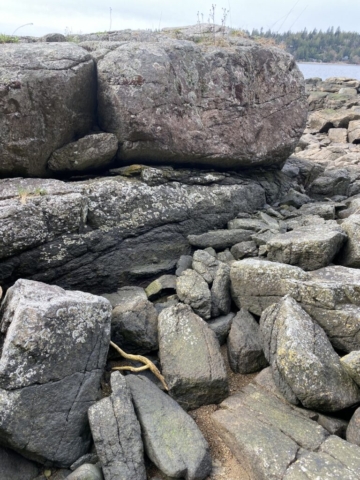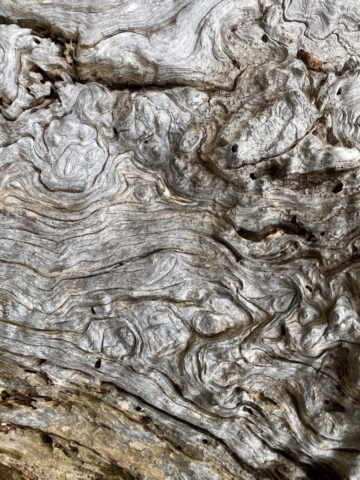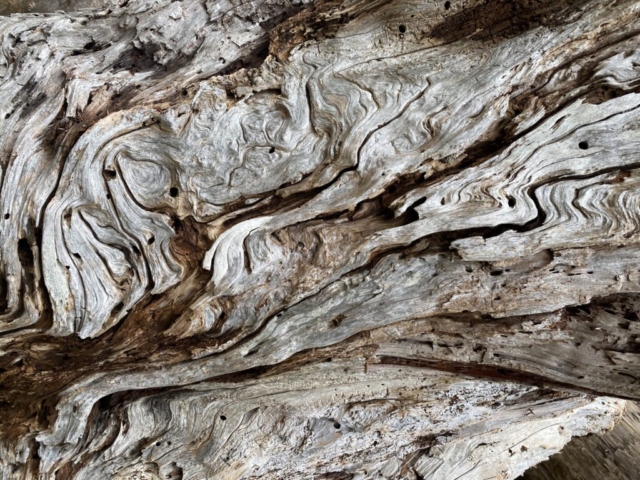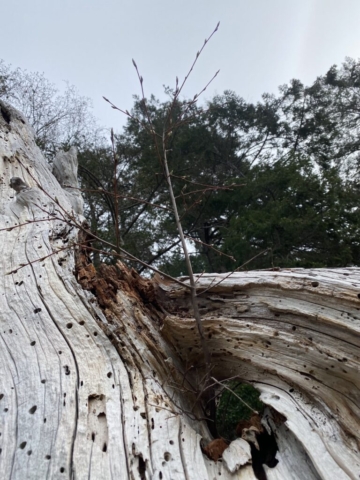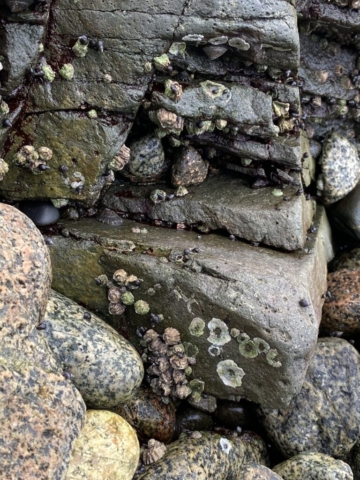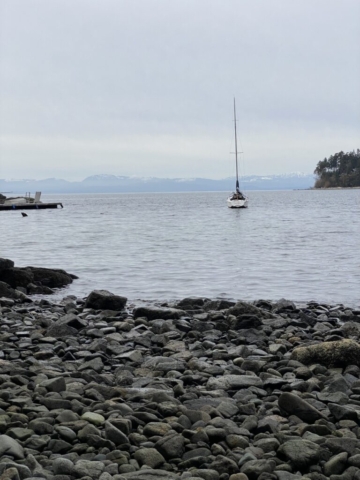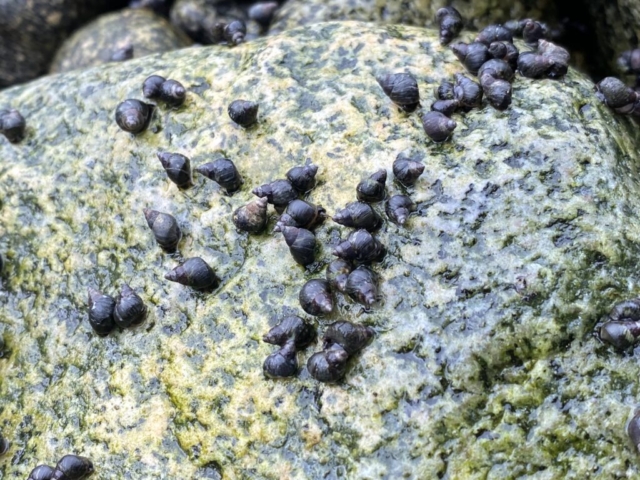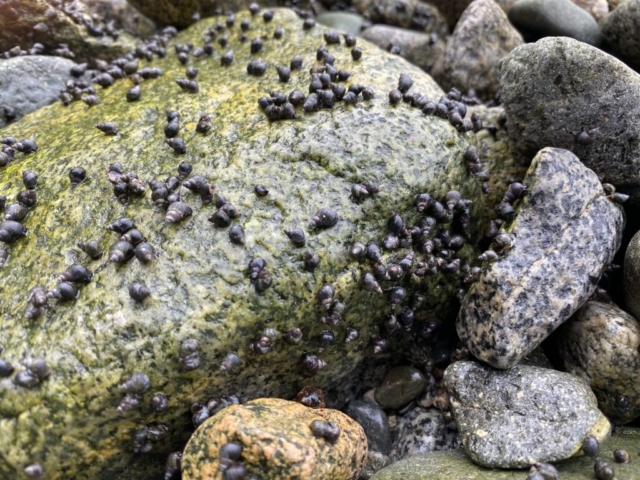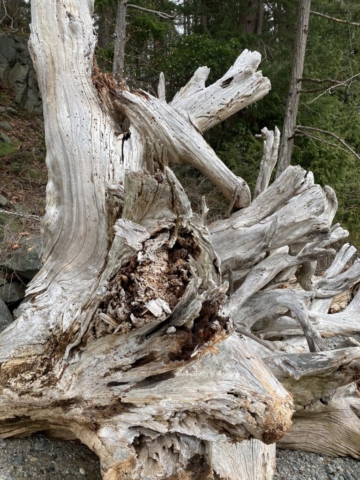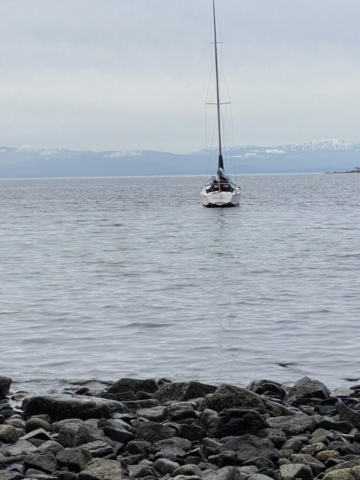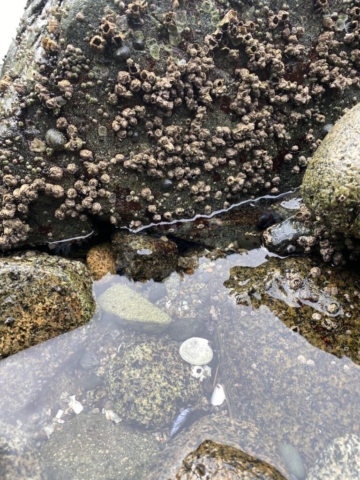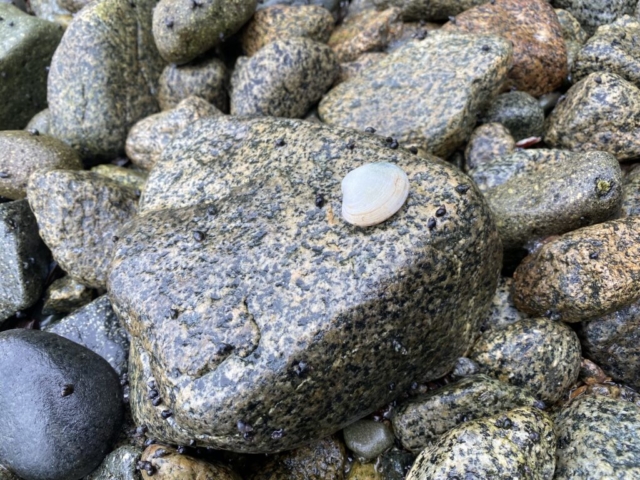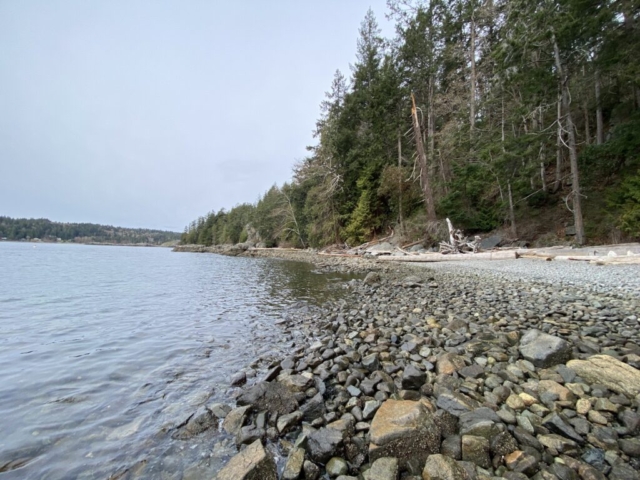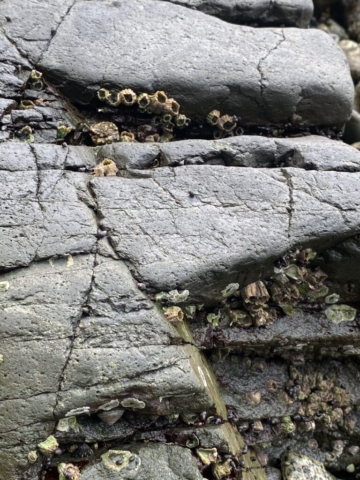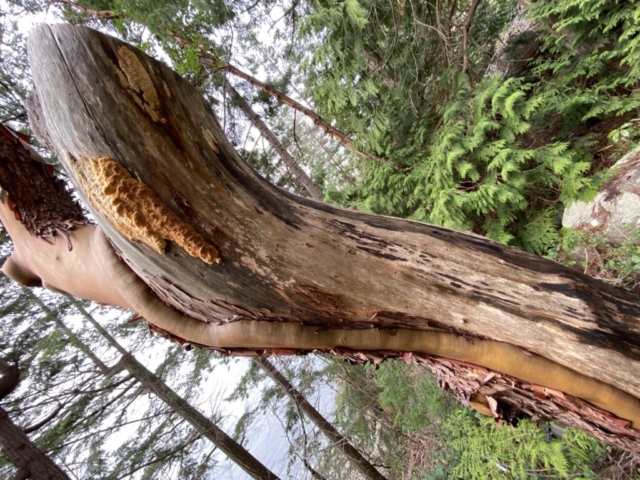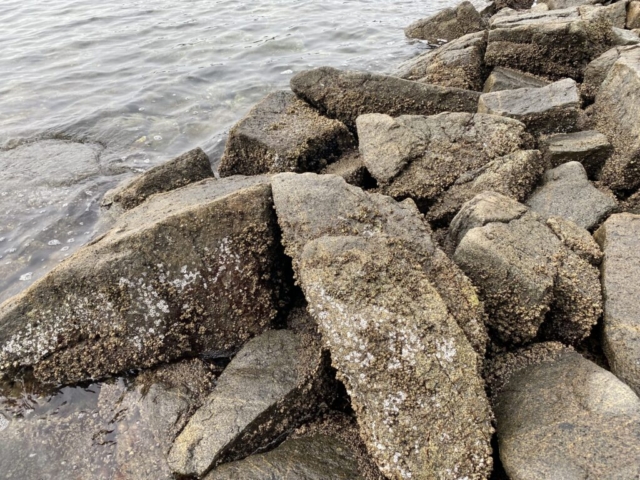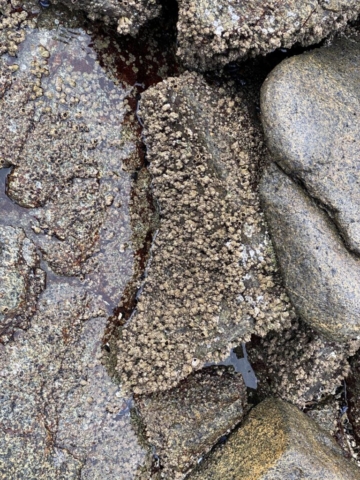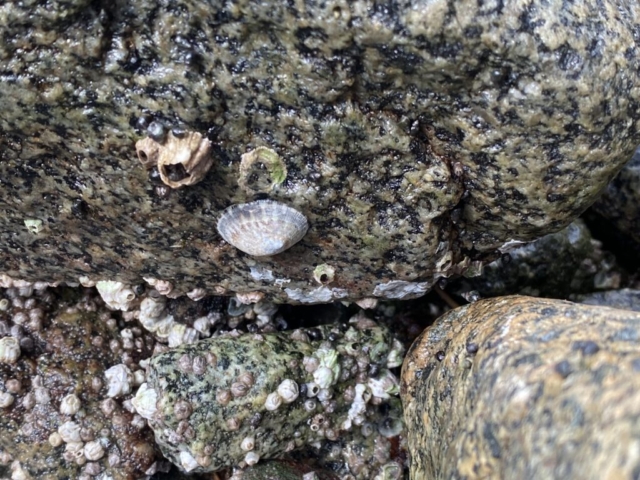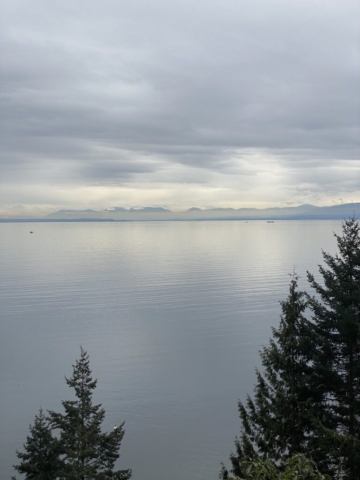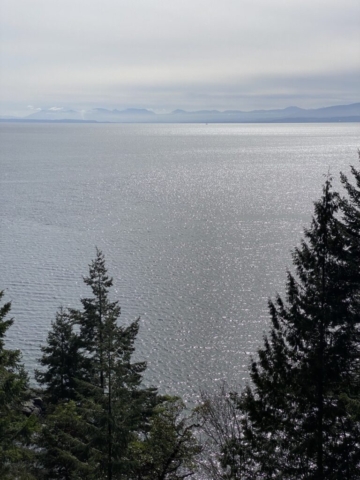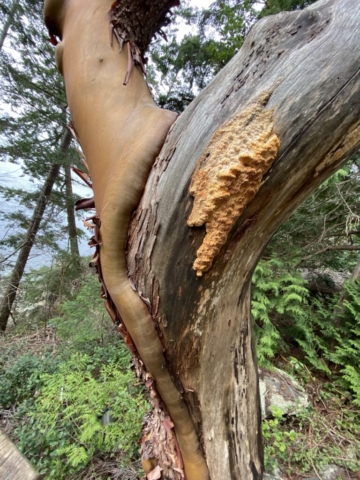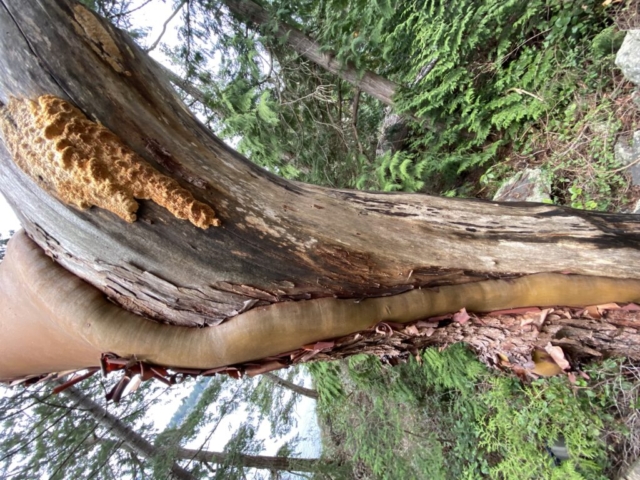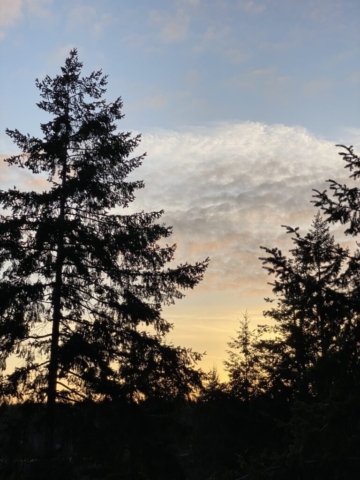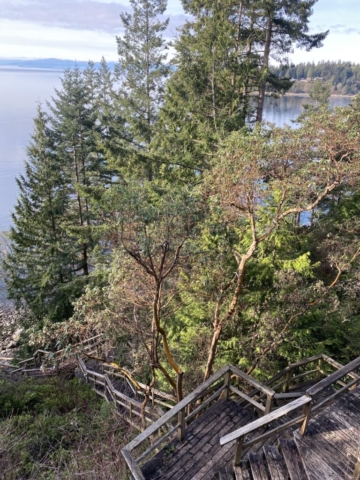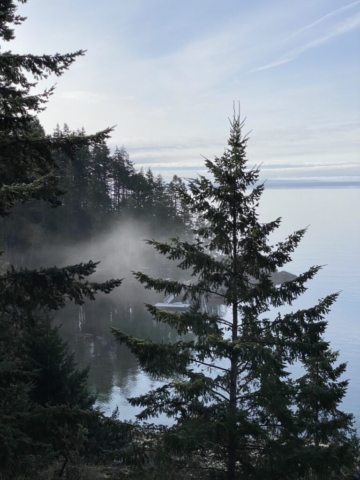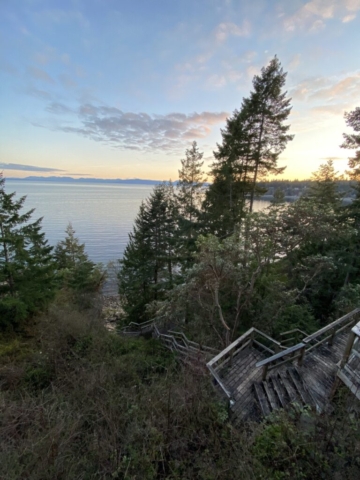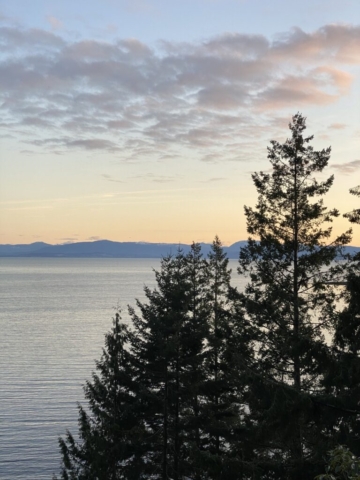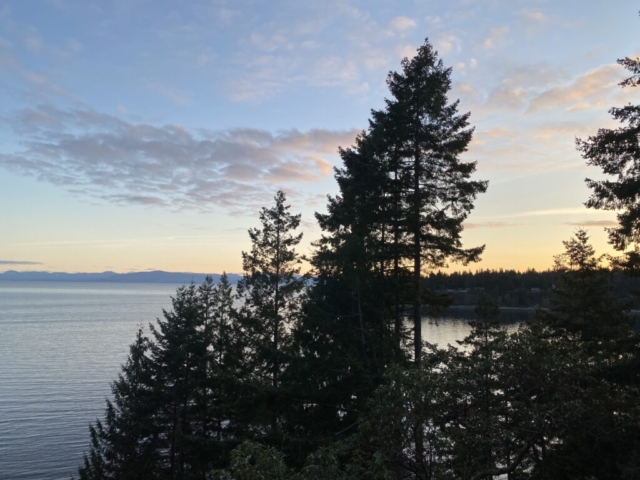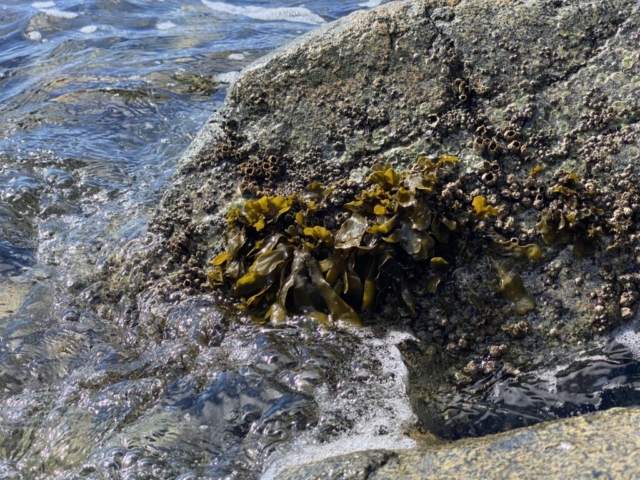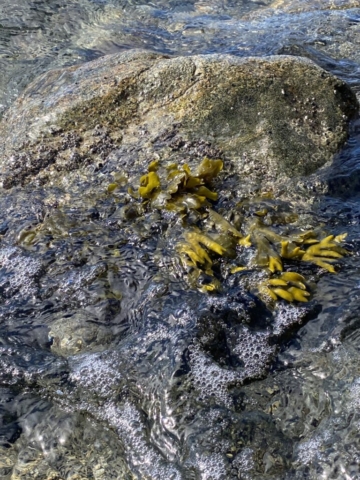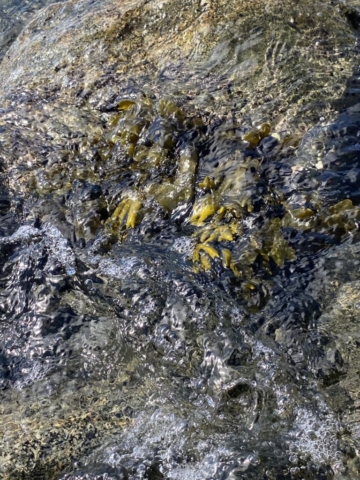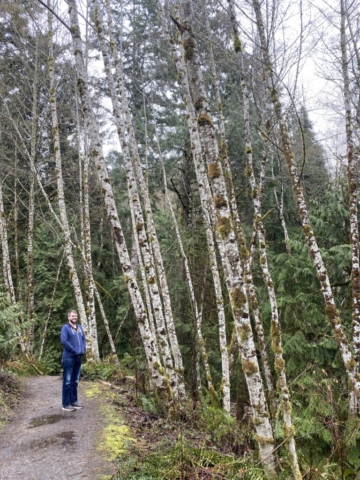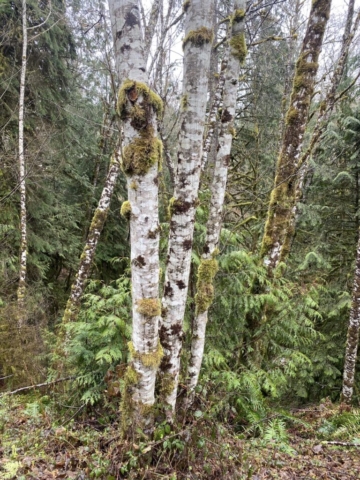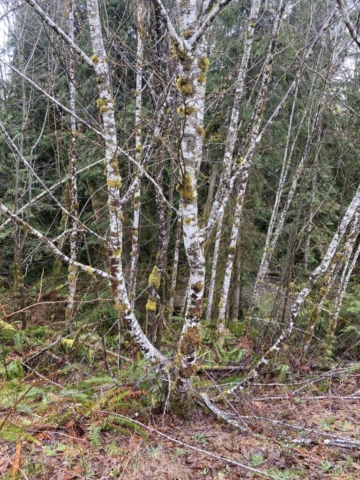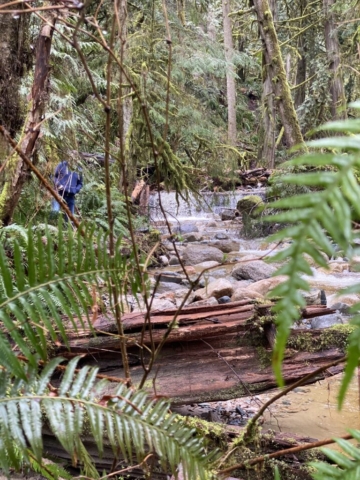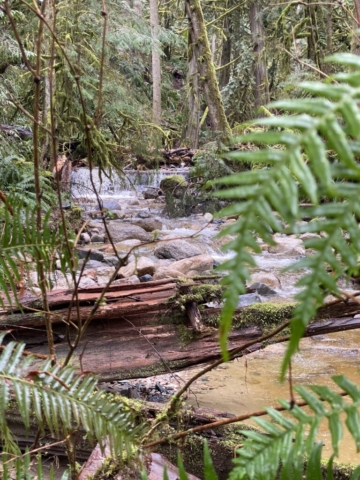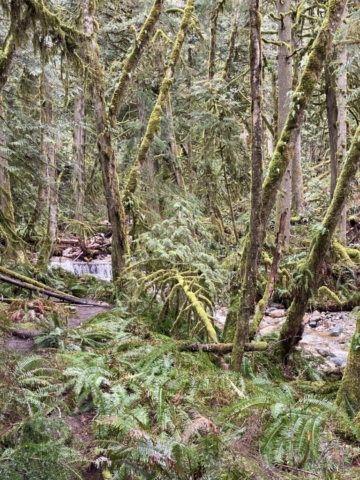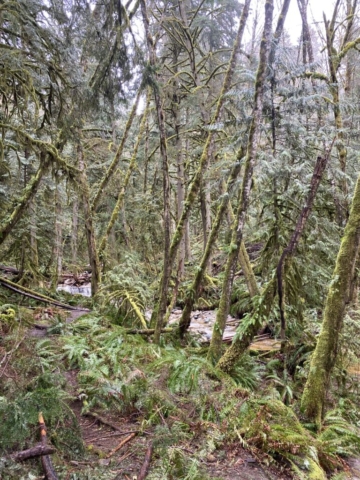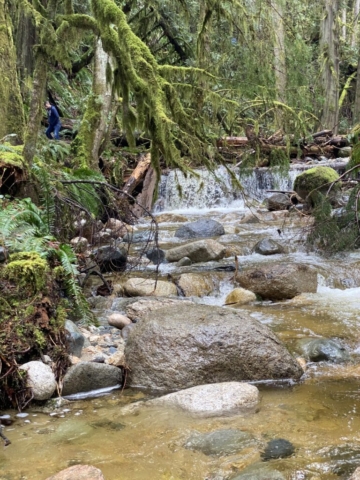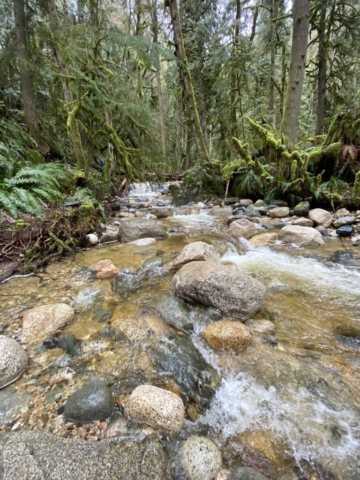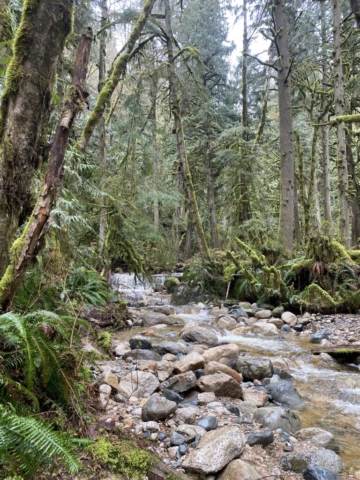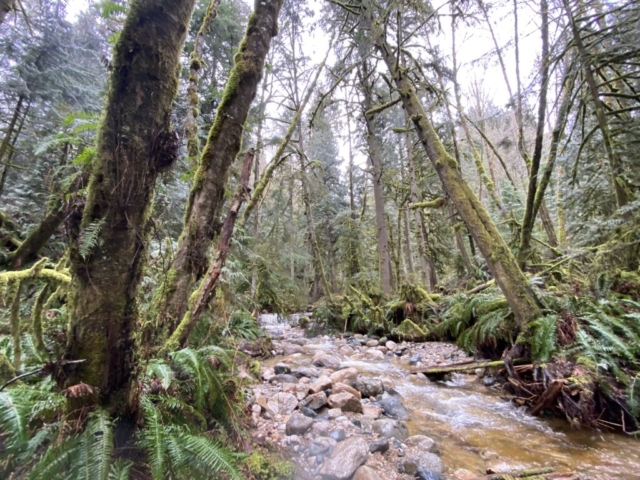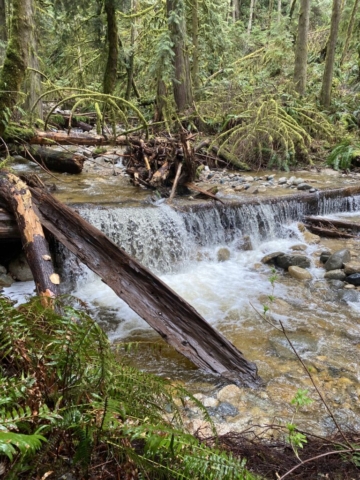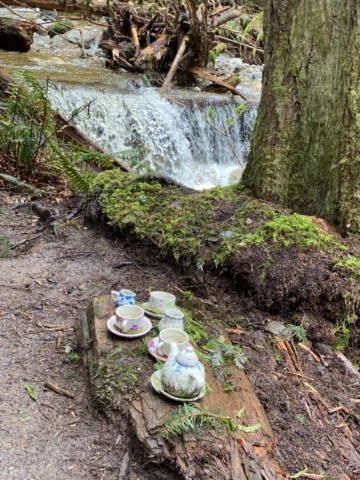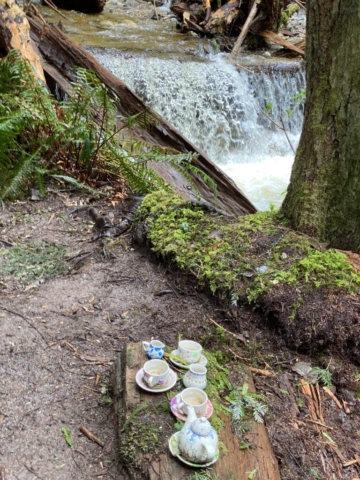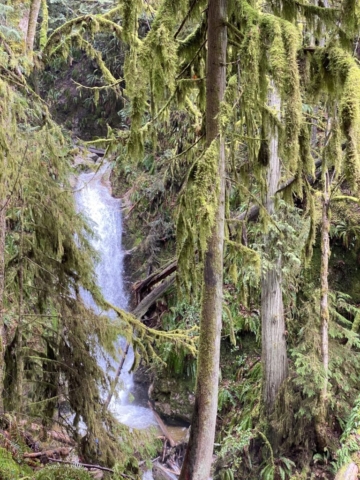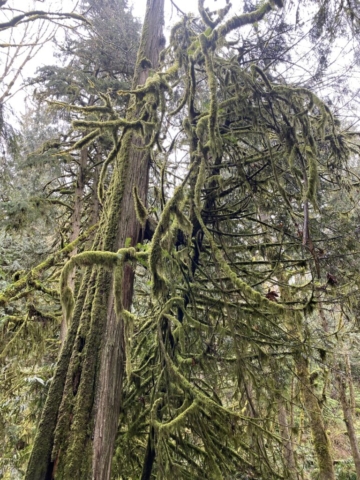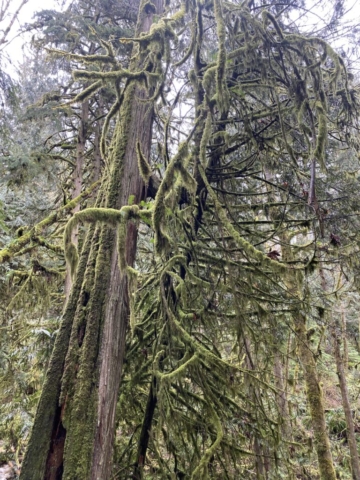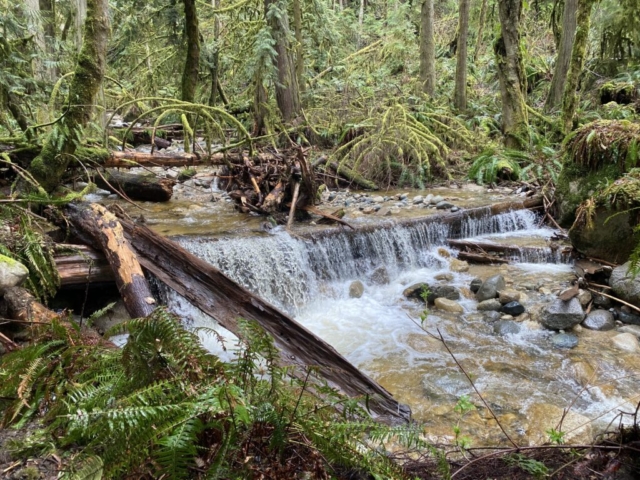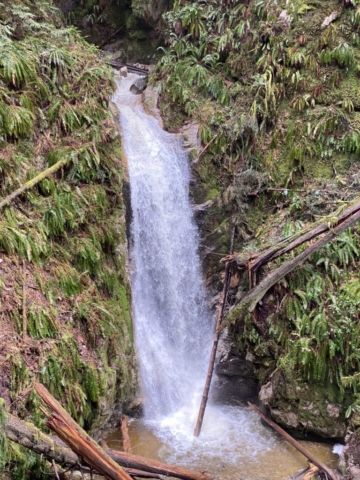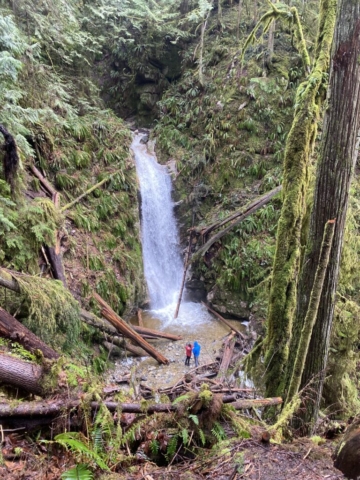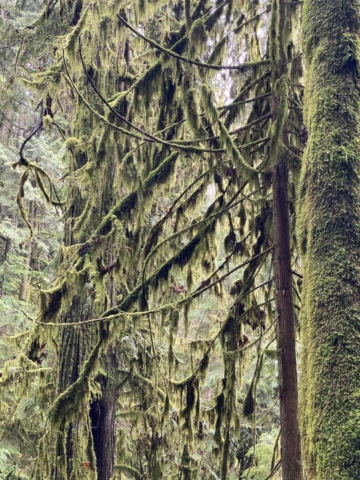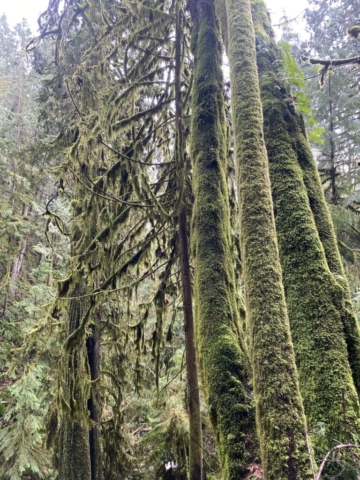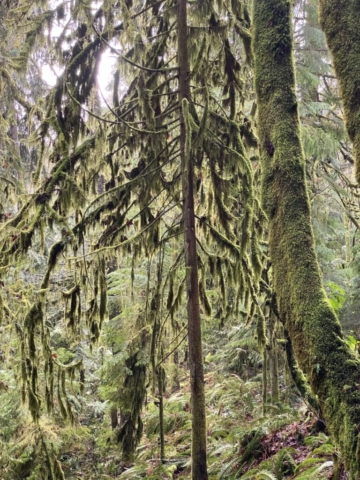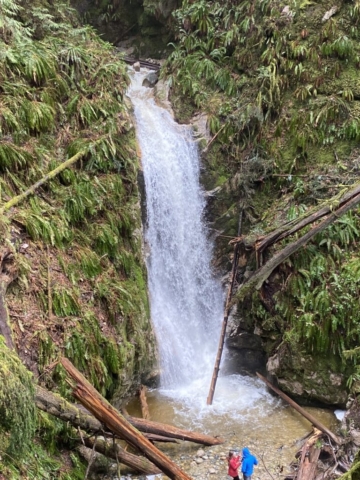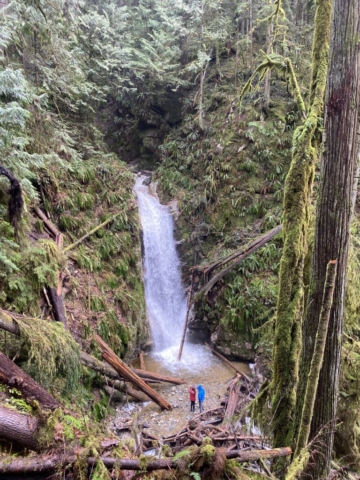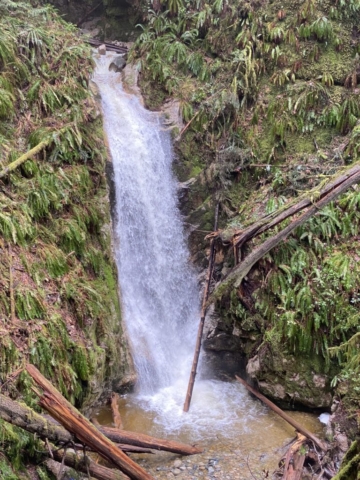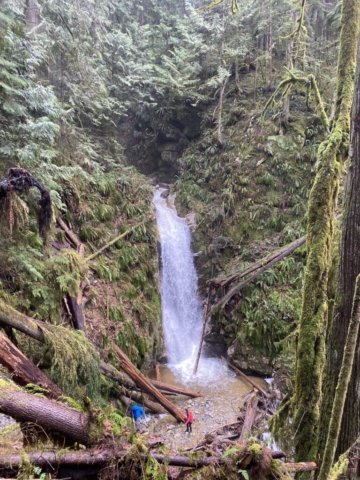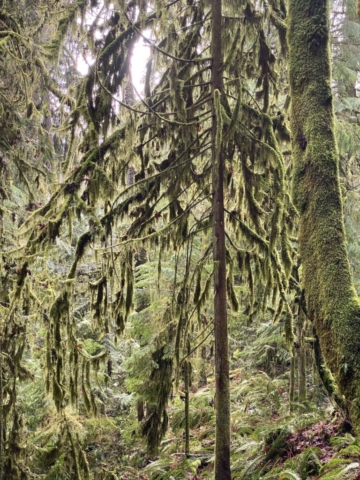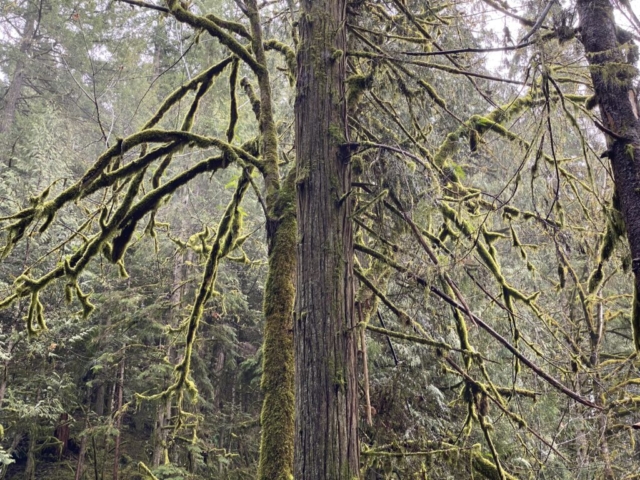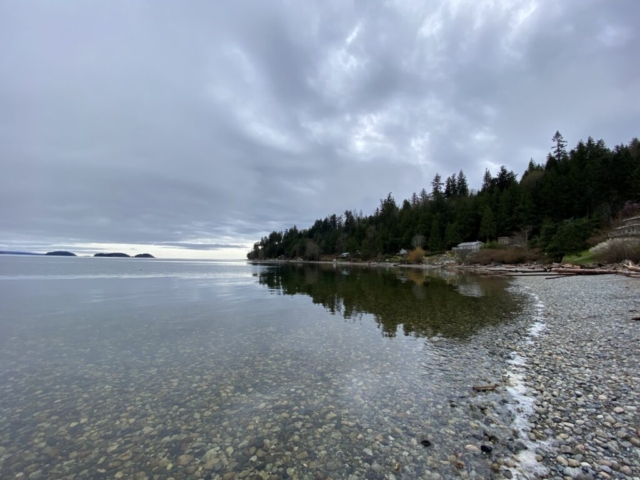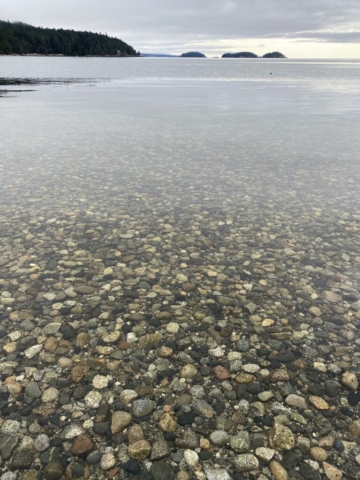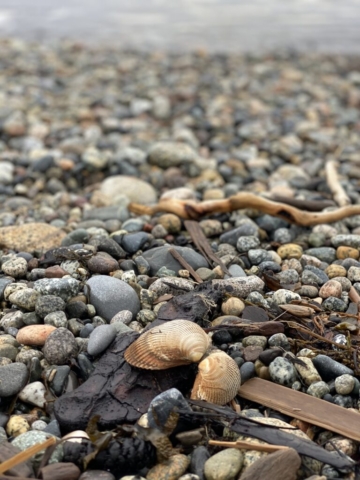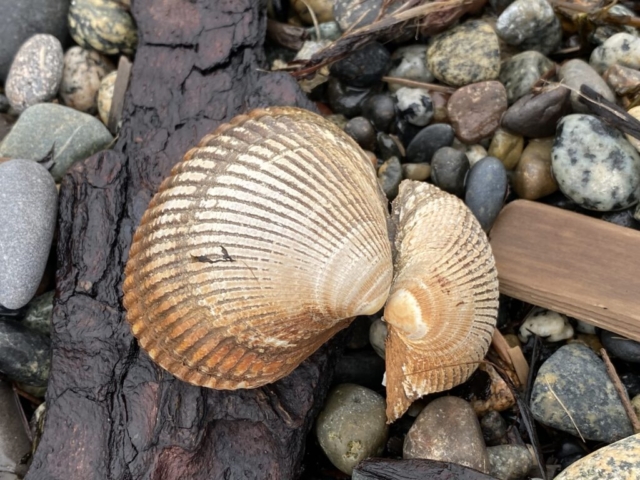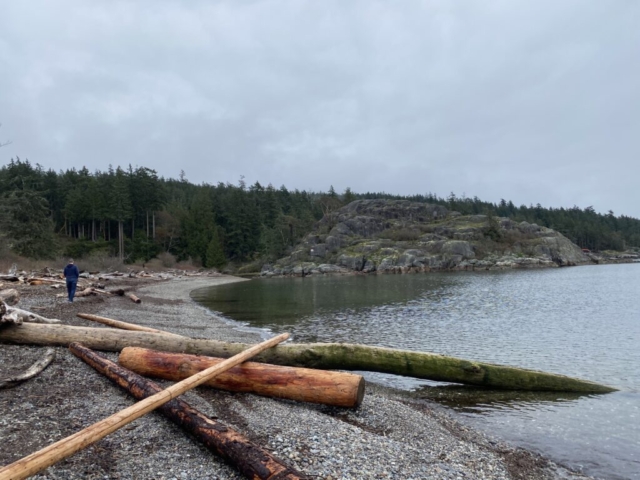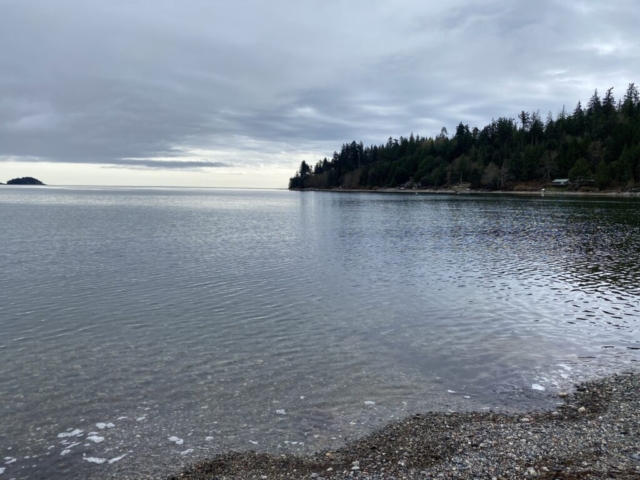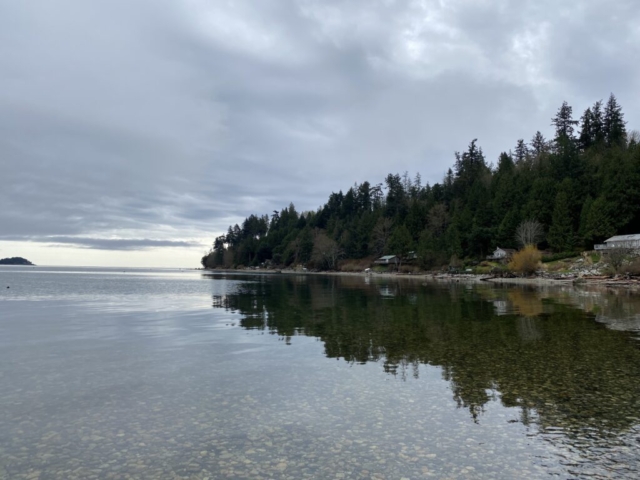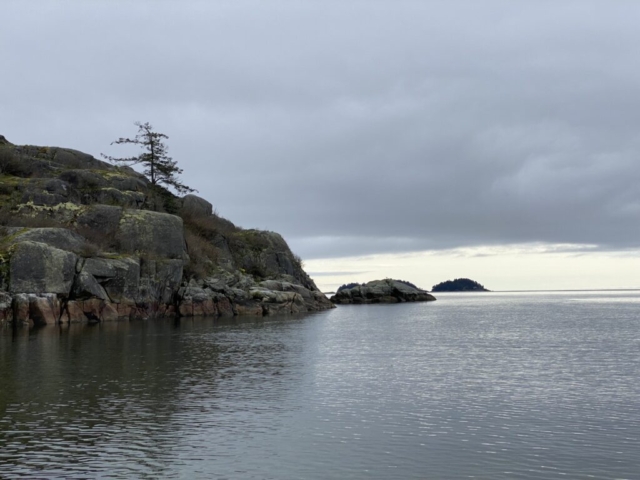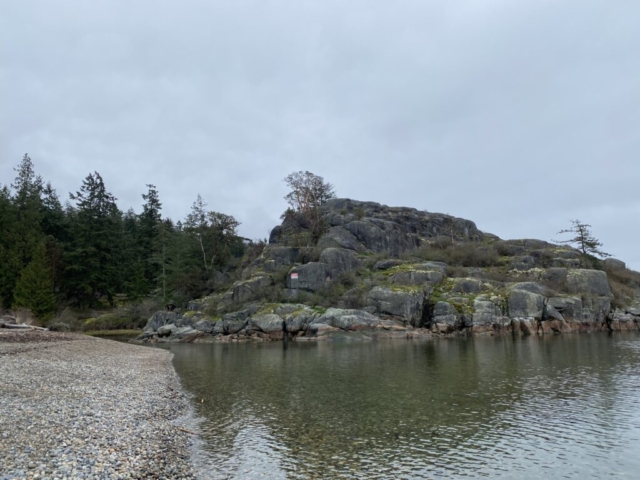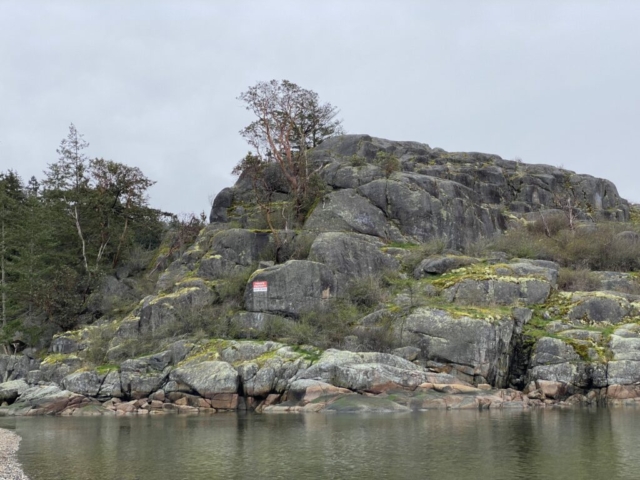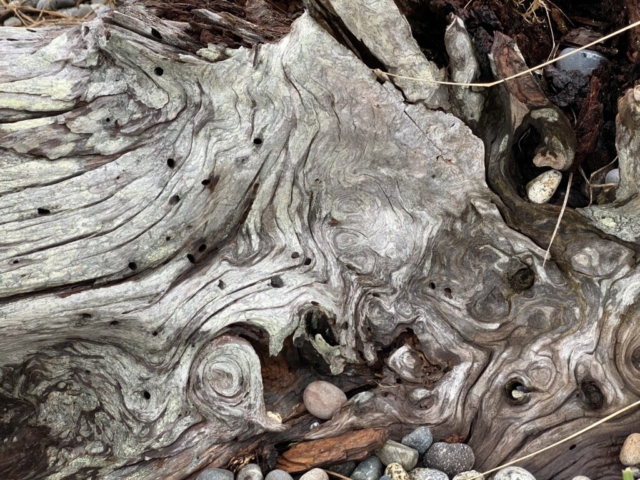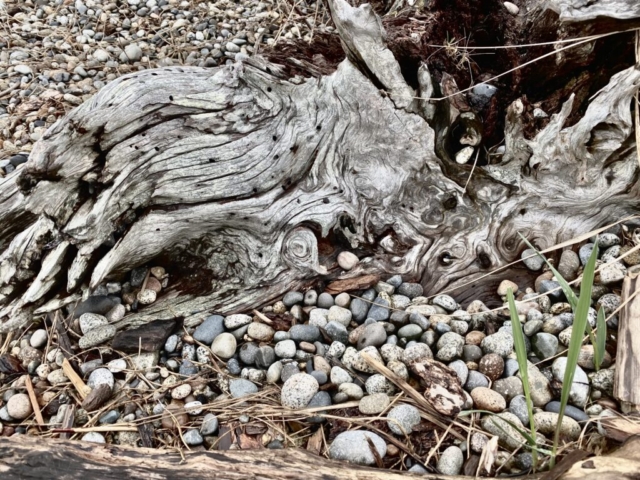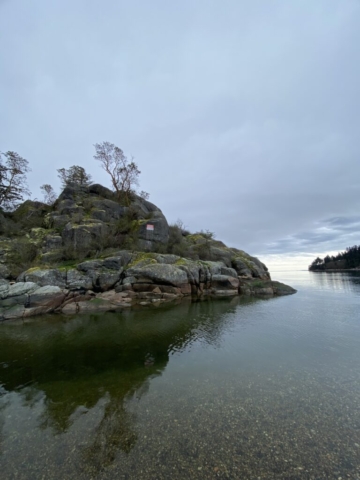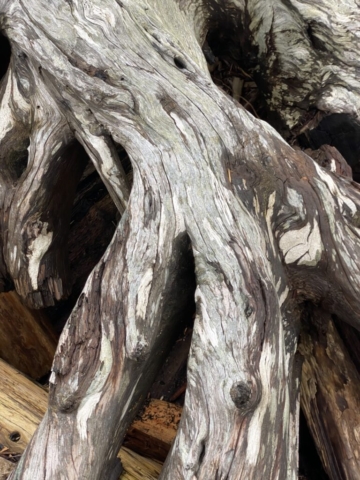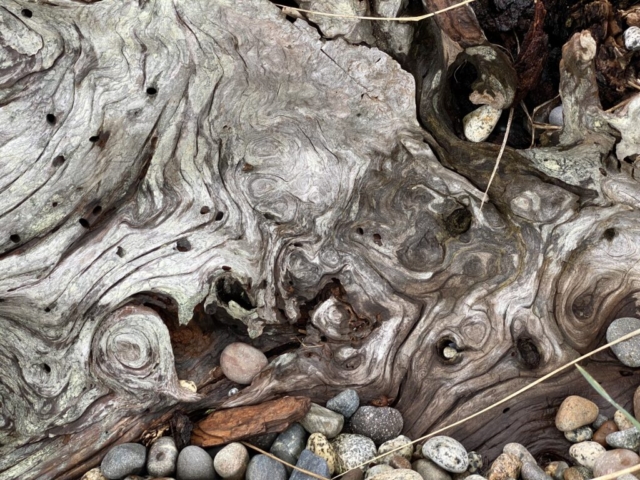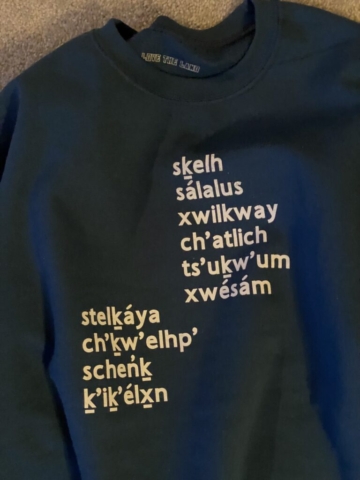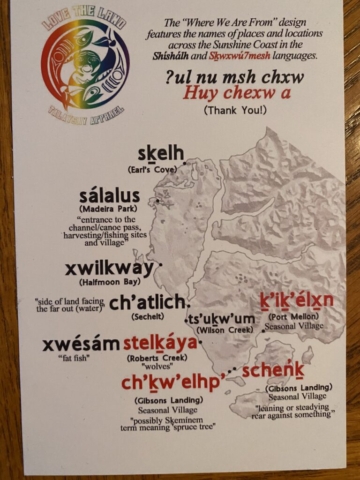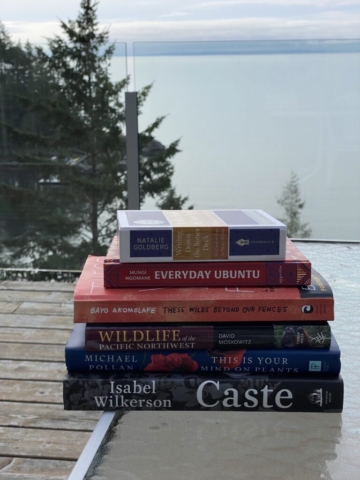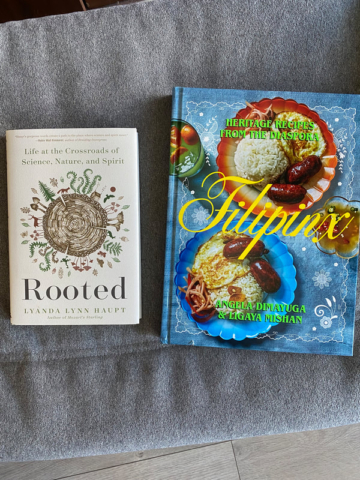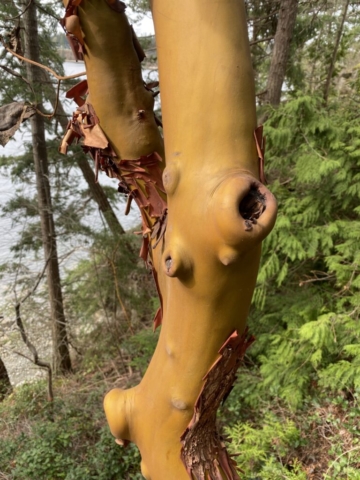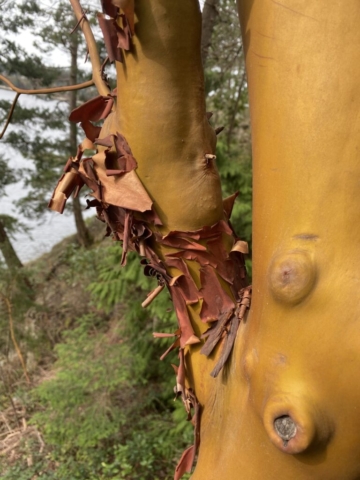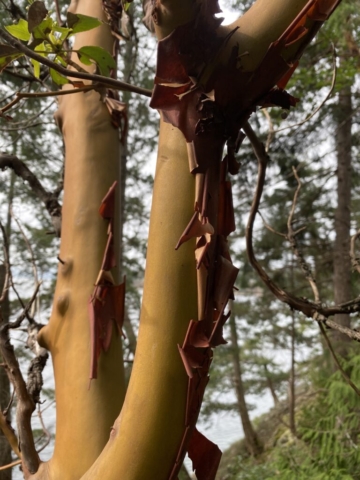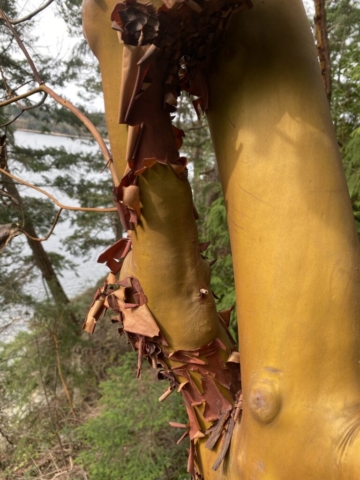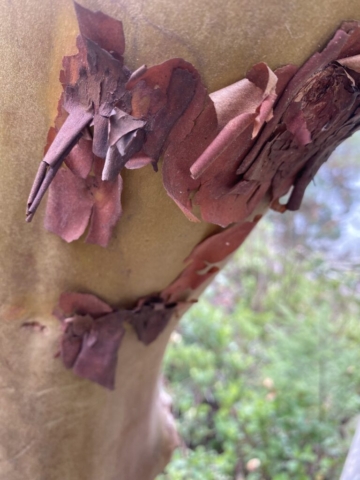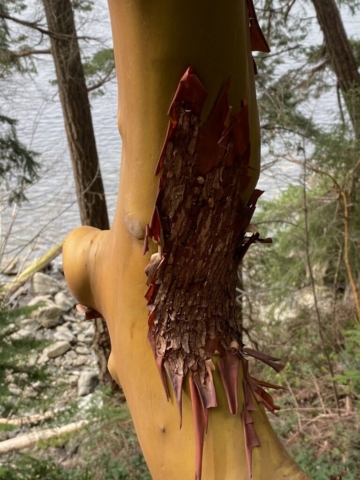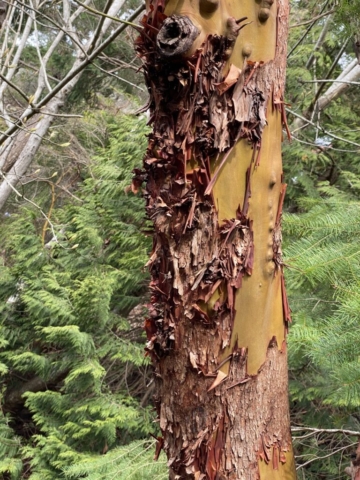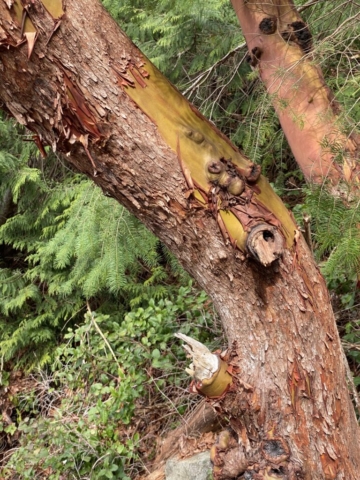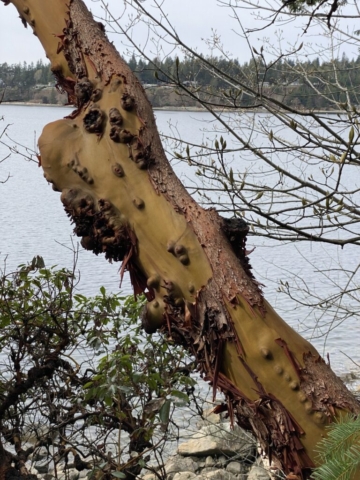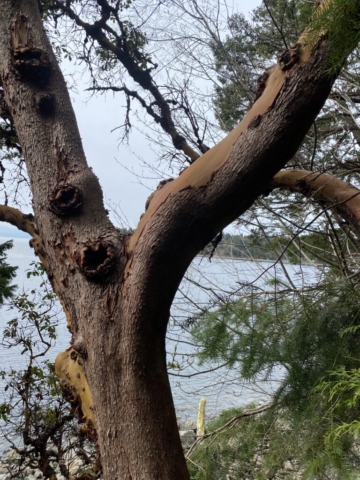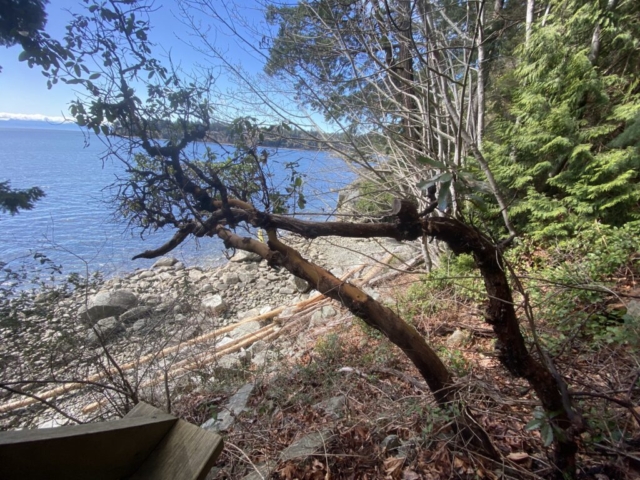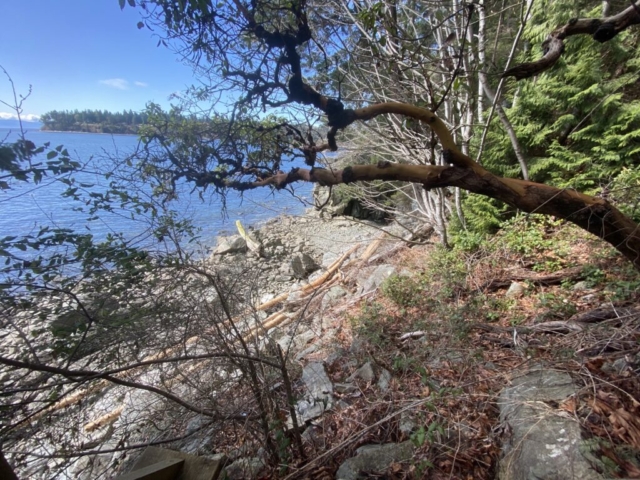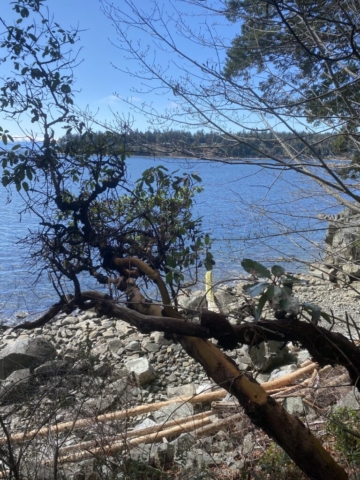What a beautiful week in Sechelt. A dear friend has a home up on the Sunshine Coast, so S and I invited ourself up for a week to work remotely while being waterfront and amidst the jagged rocks and the beautiful conifers and arbutus trees.
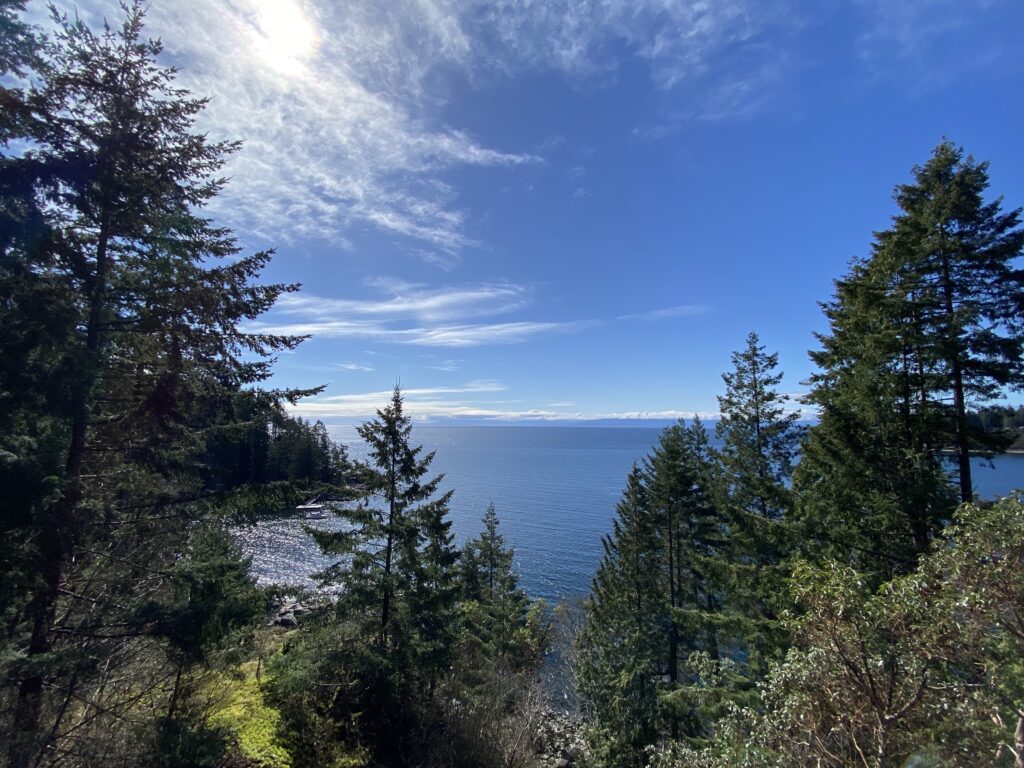
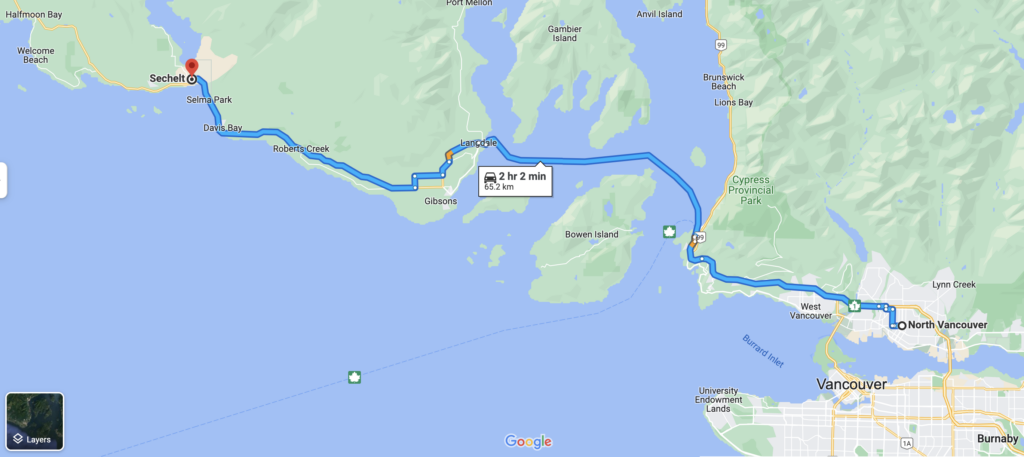
Sechelt is a 40 minute ferry ride from Horseshoe Bay in West Vancouver. The name of the Sechelt refers to the town, the peninsula, the inlet and the shíshálh First Nations people. I had hoped to visit the shíshálh Nation’s tems swiya Museum, but unfortunately the website says the museum is currently closed to the Covid-19 pandemic. Here is an excerpt from their website:
- Home to an extensive and growing collection of artifacts and cultural materials belonging to the shíshálh Nation. ‘tems swiya’ means ‘our world’ and today the tems swiya Museum is central in the presentaiton, preservation, conservation and protection of shíshálh cultural heritage.
Perhaps on a future visit they will be open…
The Sunshine Coast is on traditional territories of the Squamish (skwxwú7mesh), Sechelt (shíshálh), and Tla’amin and Klahoose nations. These nations are part of the larger Coast Salish people, whose land we have been exploring as we travel the Pacific Northwest.
Even though it was overcast and raining most of the time, the land where the house is located is incredible. Okay… it’s really steep as rocky shores are abundant in this area. There are lots of stairs. LOTS. I didn’t count, but a walk down to the beach from the house certainly got my heart pumping and, despite the cool air, this lady got sweaaaatttty.
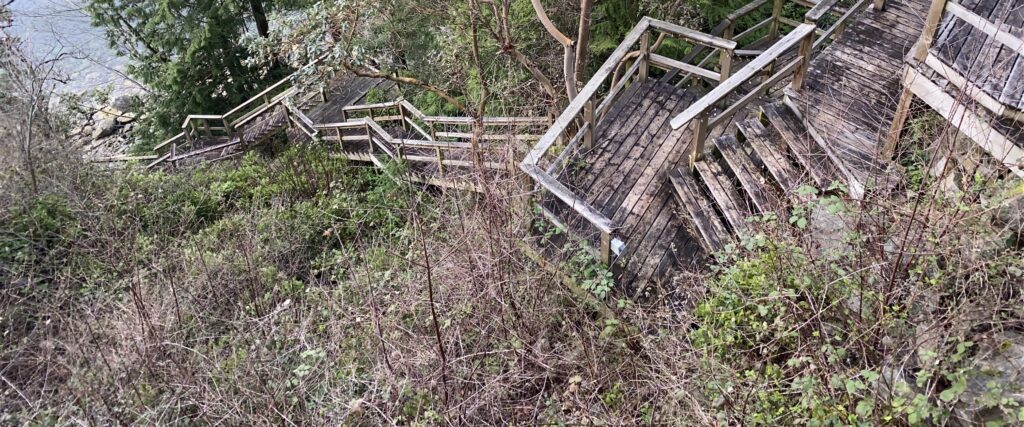
Though I didn’t get photos of them, we made lots of seal friends. The house has a set of binoculars, so watching the pod of seals and seagulls do some interesting dinner-time activities was entertaining. Also, their barking was hilarious and made for a great evening concerto.
I didn’t actually forage it on this trip, but I was really excited to find that on the beach there was bladderwrack seaweed on numerous rocks on the shore. It’s a little thrill when stuff I’ve learned about is present to me when I’m out in nature! (These are my field notes from an ocean foraging trip we recently did).
Burnett Falls
Traditional, ancestral and unceded territory of the Coast Salish and Shíshálh.
Since it was raining most of the time, we didn’t feel like trudging through mud for long hikes. However, we found a super short and easy walk to Burnett Falls that was a treat to experience.
Sargeant Bay Provincial Park
A nice walk along the beach of Sargeant Bay Provincial Park.
Nature is incredible in how even decay is beautiful. The twisted and gnarled wood washed onto the shore have some of the most mesmerizing shapes and patterns.
Local Finds
I love my sweaters. I just love feeling cozy.
Found this sweater at a local gift shop called Fresh from the Coast (Sechelt’s local independent bookstore since 1988.)
This sweater is amazing for so many reasons, one of the first being the First Nations names represented. The color evokes the lush blue & green of the oceans and forests. And it’s hella soft. I like that it came with a card to educate on the areas and names. Next step: learn pronunciation.
For me, no trip into town is complete without stopping at the local book store, in Sechelt this is Talewind Books.
Here I acquired two books:
- Rooted: Life at the Crossroads of Science, Nature, and Spirit by Lyanda Lynn Haupt
- Filipinx: Heritage Recipes from the Diaspora by Angela Dimayuga, Ligaya Mishan
I started reading Filipinx (which is a cookbook but with oh-so-awesome personality! Angela writes in a way that feels so familiar and hits aspects of coming from this rich and histories culture that make this a book I’m excited to share with my family).
Arbutus
Arbutus aka Pacific Madrone Tree (Arbutus menziesii)
This trip I got to know and become more familiar with the incredible Arbutus tree: Canada’s Only Native Broad-leafed Evergreen Tree (retains its leaves year round)
“It is not rare for an Arbutus tree to live up to 400 years”. *mind blown emoji*
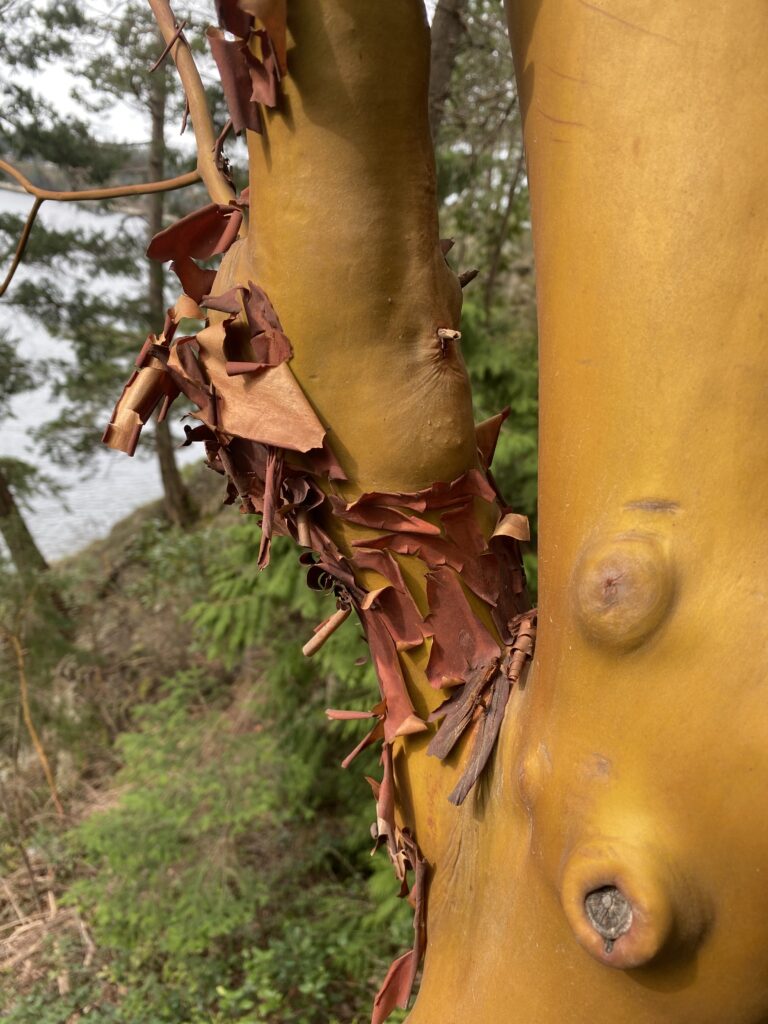
Arbutus is significant to the First Nations of the coast, who use it for medicinal purposes. Often the bark was brewed into a tea to be consumed to treat stomach aches, skin ailments, sore throats and cramps.
Evergreen tree with rich orange-red bark, the arbutus tree is unique with its crooked / leaning trunk that splits into twisting upright branches. When the bark matures it peels away in thin sheets, leaving a satiny smooth trunk beneath. In spring they grow small bell-like flowers and in fall they grow red berries. Eventually these berries dry up and and have hooked barbs that latch onto animals for migration.
They’re kinda extra – in that they have a very specific environment in which they can grow. They tend to grow on sites that are rocky or rapidly drained soils, so there are many on this rugged coast. Face south in the sun and does not like shade, it generally occurs in clearings or on open rocky bluff. It’s incredible how resilient arbutus are; they are resistant to droughts, extreme winds, poor soil nutrients, and even wildfires.
